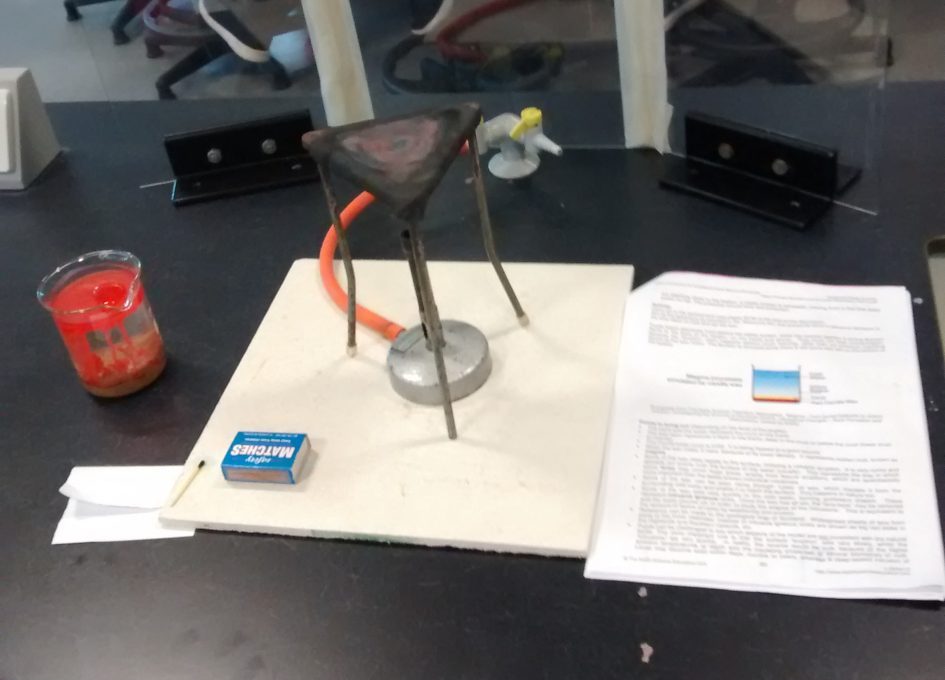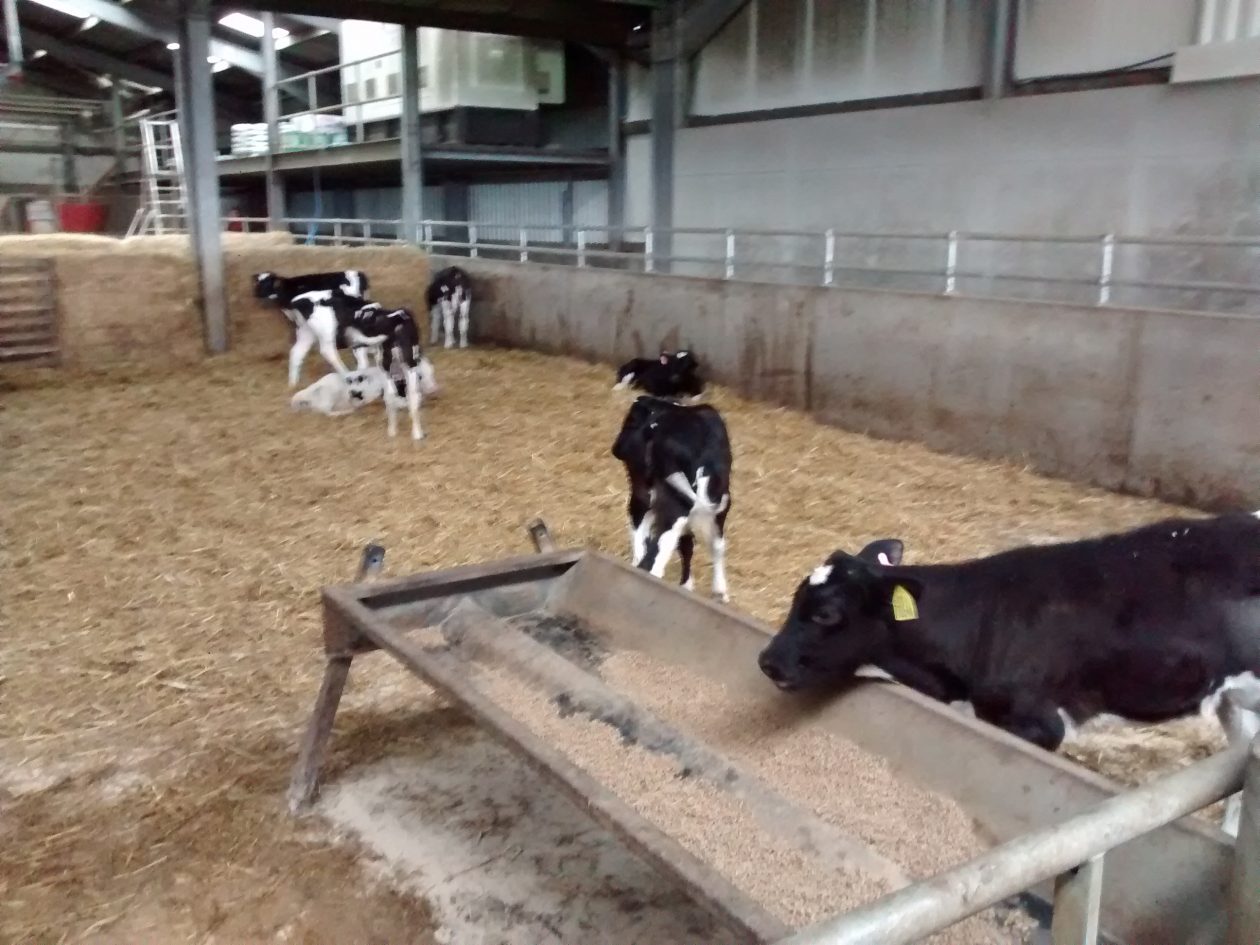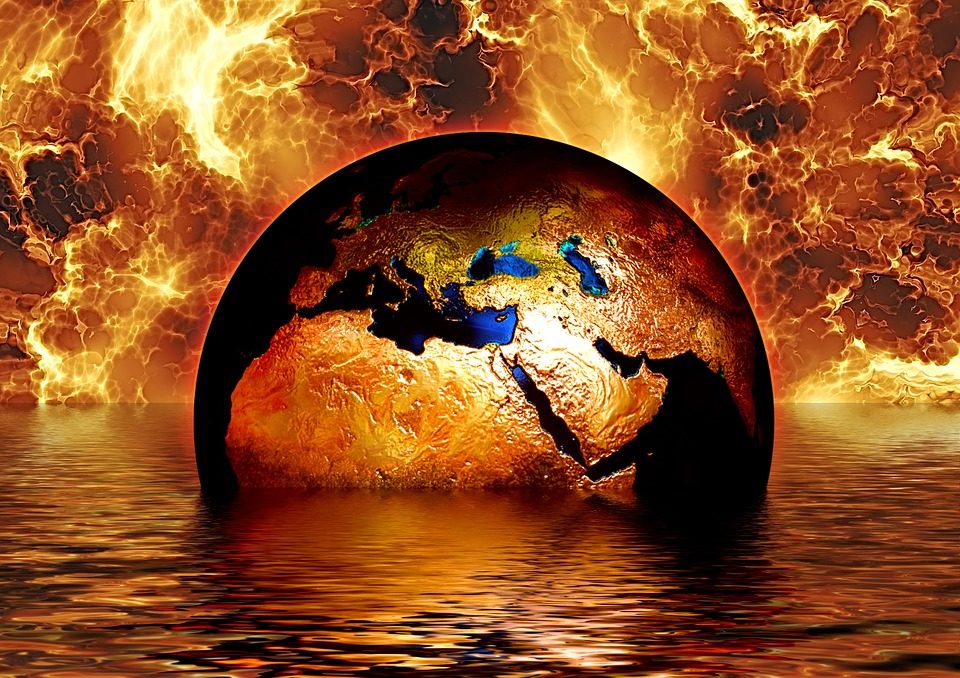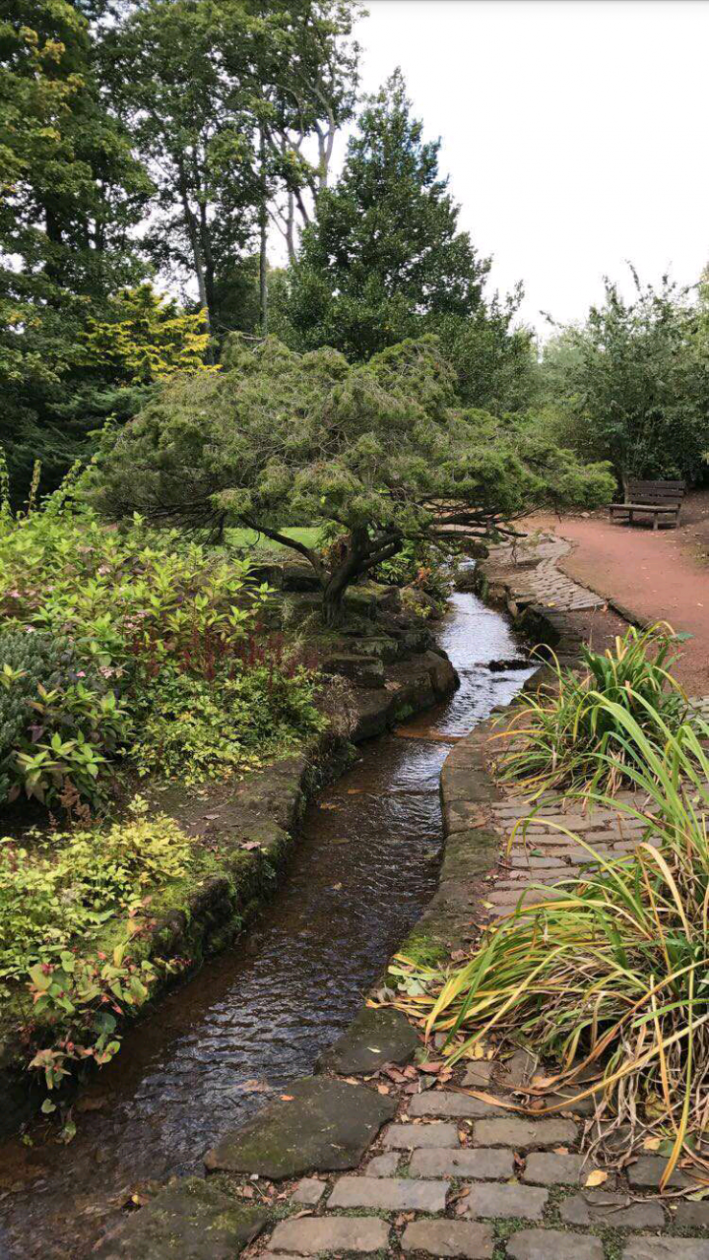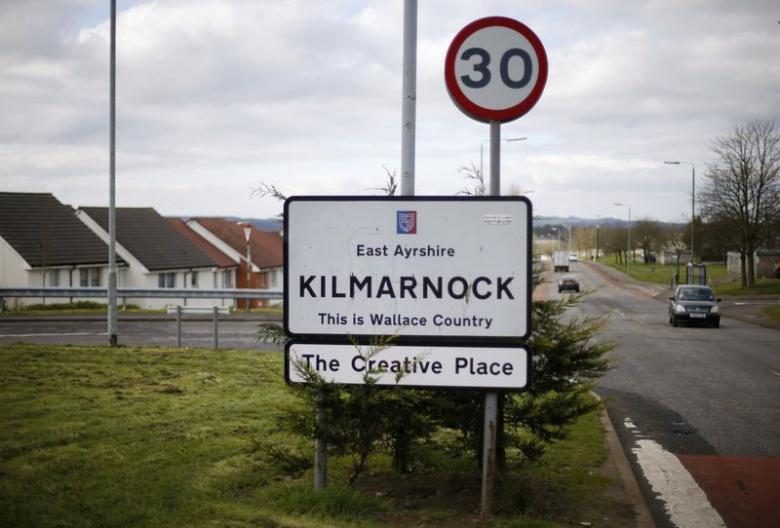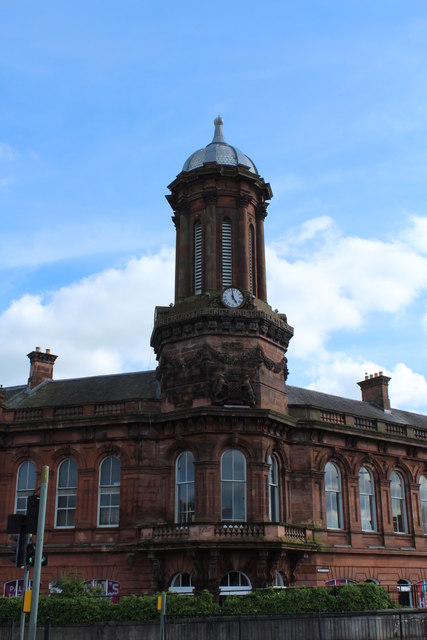Lecture
The lecture began with us watching a hard hitting video about climate change and how it can affect the weather. This was shown to us by the devastating floods of 2012. This video woke everyone up for sure and was extremely interesting. If you would like to check it out please go to: https://www.youtube.com/watch?v=2SmEu_DV8N0
We then moved onto the theory and information about Climate change. I find this topic extremely interesting as I completely agree that climate change is changing our weather fronts and is cause Global warming. The main areas I found were of particular interest were:
1.What is climate change:
- The average weather at a given time which is taken over a long period of time.
- The climate is changing and evidence suggests this. The evidence can be taken from such things as: weather recordings; ice cores; rocks and fossils; analysis of pollen and tress. Some of these I never knew were possible so it was interesting to find this out.
- some crops are being wiped out due to low-lying areas being constantly flooded and this means that these areas become unusable to grow on as they are too wet.
- there is proof that the sea levels are rising which is a major issue for low lying countries and people living on coastal towns as the sea will rise onto their properties devastating millions.
2. Impact of Climate Change:
- the climate if the main factor in determining the weather meaning if we sustain a poor climate we will have poor unpredictable weather.
- the climate is around forever meaning affect future generations in humanity but also against plants and animals too.
- Such things as: biodiversity; air quality; forestry; water and desertification can all be decided by our climate.
- Statistics wise we have went from having 13.7 as our average degrees in 1860 to a whopping 14.6 in 2000. This evidence clearly suggests that as we have steadily increased in temperature averagely over the years there is the issue of a changing climate and global warming is present.
3. Effects of Greenhouse gases:
- scientists have figured out that the more greenhouse gases we produce the more likely it is for our world to heat up as it is creating a sort of seal around the Earth’s atmosphere.
- I also learned about the ozone layer where there is a thin layer on the Earth’s atmosphere that protects us from harmful UV rays. However, as this heats up, it is getting thinner and we are becoming more exposed to harmful UV rays.
4. Over-use of resources:
- when burning the natural resource of fossil fuels we are creating carbon emissions into the Earth’s atmosphere which is what is causing Global Warming and changing our weather fronts.
- Due to the intensity we are burning these fuels we are increasing the concentration everyday in the world’s atmosphere which is why our climate has begun to change over the years and our weather begins to turn more violent.
5. Against Global Warming
- I found it interesting that ‘Sceptics’ find global warming nonsense and that such people as Bjorn Lomborg are unwilling to prevent global warming and think nothing can be done.
- Greenpeace is usefully in high media profile for exposing such ‘sceptics’ as they find they have other interests/aims usually finical discredit or making a loss if they had to become more environmental friendly.
Overall I hope you can see from the summary above, I have learned lots of information and different opinions as to whether Climate Change is a thing and if it is causing Global Warming. An extremely true and hard hitting quote is:
“Most important – we can’t predict the future, but we know the present. In the time we have been talking, 2000 people have died in the third world. A child is openhanded by AIDS every seven seconds. Firstly people die of waterborne disease every minute. This does not have to happen. We allow it.” (Crichton, M. 2005)
Workshop 1
Well this was for sure a head spinner of a workshop as it was very legal and government based. However, it has helped me realise why perhaps as a country we have not been as quick as tackling global warming.
We were firstly, asked to put ourselves in the government’s shoes. This proved a very effective point where we struggled to have the most important and effective policies at the top without affecting our stakeholders and voters opinion about us. This must be a real challenge for the government to try and keep everyone happy. We also learned a bit about how trying to keep the big businesses and the big greens happy is never possible so there has to be a common ground. This relates well to the Paris Agreement Act where all countries are asked to consider and tackle Climate Change in some way. Whenever, this is not possible allowances will be made. This act is good at making sure every country participates and does not leave all the work to just one country. It encourages unity and how to make the world a better place for everyone. The positives that the government has already done well with are:
- Preservation of natural resources/areas
- Rehabilitate endangered and protected species – Plants/Animals
- Protect habitats and species
- Nature Conservation (Scotland) Act 2004
- Educate the general public about actions at a local/individual leve
- Cooperate with other groups and nations
When I read up on the Climate Change (Scotland) Act 2009 I was reminded just how committed the government is on making our climate and world a better place. Introducing 5p per carrier bag made people start to appreciate shopping bags and people even stopped buying them and brought there own. Before this time, the part of Scotland was littered by plastic bags and it can take a long time for plastic to decompose. This Act has helped to stop waste and make us more aware that we need to look after our world as it does not just affect us it affects everything in the world for future generations.
However, we also learned that passing the blame in international issues and the North-South split is where a stand-still of operations can come into force as everyone in different parts wants different things. The government has to think of such things as:
- Who shoulders most of the blame?
- Industrialised, wealthy nations more able to adapt
- Industrialised countries caused most historical emissions
- Developing nations becoming bigger emitters
- Threats not universally accepted
- Trade not environmentally appropriate
- Emissions vouchers
- Over-reliance on fossil fuels
- No incentive for developing nations to be environmentally sustainable
Some may ask why this needs to be taught in primary schools. This is because, this is the world the children are living in. These are the challenges facing the government everyday. The government is trying to make everyone happy but does not want to have to do all the work themselves. Getting the children actively involved is helping the world as every little helps. Getting them educated about the dangers and consequences of a changing climate will help them to know when they are older they need to look after the world. Getting the children to participate in such things as the green flag schools is a good way to motivate and educate them to look after and treasure the world they live in!
As you can see this workshop was a mind-spinner. However, going over the PowerPoints and reading again, I can clearly see why children need to be educated about this in schools!
Workshop 2
This workshop was much more practical-based and had some excellent ideas for becoming a teacher. I have taken pictures of each station that I managed to participate in and hopefully you will like what we got up to here.
1.This first activity involved us working as a group and doing a research task. Here is our scenario and the questions we had to fill out:




This first activity was good at getting us to understand and appreciate certain things we have in this world. It also makes you stop and think how lucky we are today, and how spoiled we really are. This task was good at getting us to think of what a biome actually is. Something that I had never known about before. It was also good at improving our research as you had to find out a bit about the place to see how warm it was; was there nay water; was there any dangers etc. The task was also good at being a cross-curricular lesson as we were having to look and explore a globe to find out exactly were we were in the world. A suggestion to make this activity more suitable to primary age level is to have a research sheet available for younger ones, for example a primary 4 lesson were it would be too time consuming to research all of this information to answer the questions. However, getting primary sevens to research in this task will make them more aware and able to navigate through trustworthy accurate sites. A good starter lesson.
2. We were then to make snowflakes and carry out an experiment. We had to cut out one snowflake first, and then cut out a second trying to make it exactly the same. However, we had to then crush one of these into a ball and drop the snowflake and the ball of paper which symbolised a hail stone. This experiment was good at showing how two materials the same but in different formats can have a different reaction. This would be a good practical, easy lesson which would show the children the meaning as opposed to just telling them. Here was my snowflakes and the easy instructions I was to follow:


3. The third task involved us taking part in a quiz. This was a good activity as it was reading a fact-file with information but answering fun interesting questions as part of a group. This would again tie in with a cross-curricular lesson as there is literacy reading of a fact-file involved but also a science element of information involved to. This activity would be good for children who want to improve their knowledge and learn more about the water cycle. Here was the fact-file and quiz questions:

4. Our fourth activity was again very practical. It involved a big basin with room lukewarm water. Two cups with stones, one with very chilled water and the other with room temperature and water. Both had different coloured die in them. The results were very interesting and really conveyed the message well. The cold water sated at the bottom and the hotter water rose to the top. This was good at showing how evaporation and how water enters, leaves and re-enters into the water cycle. A very good activity for children where the meaning and learning is still conveyed but through a practical-engagement way as opposed to just sitting and hearing about it. Here is a video of what happened and the results of the experiment:
5. Our fifth activity involved us looking at how a tornado is formed and how it takes the shape it does. To do this you need a jar that seals well, hot water, food die and washing up liquid. This was another very practical activity that would be great to use with children. Here is the video of our experiment:
As you can see this session was extremely practical and I even learned a few things. The biggest and most important part for me is that I now feel more confident in teaching science as I was always worried that it would be boring. However, as all the above activities show, this is really not the case. All the activities were practical and still everyone learned. I will be sure to use some of these in my classroom as they were easy enough to conduct and the message of learning was still very strong.
Directed Study Task
I was asked to answer questions and carry out three tasks. I answer the questions in this link and also you can find out about some of the resources I used and my recommendations:
https://blogs.glowscotland.org.uk/glowblogs/uwssustainabledevelopmentba2201718/2017/10/05/directed-study-task-2-week-4/
| Skills I have developed by taking part in this theme
There are several skills that I have developed throughout the past two weeks is firstly learning and expanding my knowledge about Climate Change as I was unaware of some of the key policies such as the Paris Agreement Act. However, I have also developed the skill of being more knowledgeable with ideas on how to go into the classroom and teach this. I was very skeptical on how I would teach this in a fun way. I now have several fun ideas on how to go about this! |
| How this relates to Primary Education
The past few weeks have shown me the importance of teaching this. Climate Change is such an important and current issue. We need to be sure that this is taught in education! However, some aspects especially the legal side with politics and polices can be confusing. As a student teacher I now know how to show the importance of Climate change in a fun and interactive way while the children are still learning about the important issues around global warming. |
| What has changed in my thinking from this theme? Is there anything else I’d like to look into relating to this theme?
The only area that I consider myself needing to do a bit more research into is the legal political side. I found the first workshop very confusing and I need to re-read what was discussed to be sure I fully understand all the different elements. Writing about it above though has helped me to go over what we spoke about in the workshop, so, I have a better understanding that I did when we had finished as my head was spinning. |
| Useful resources or links (either for future teaching or for your own assignment)
There were quite a few videos that I would recommend and activities that would be good for a class to use. Here are some of these links:
|
|
Until next week, Christopher









